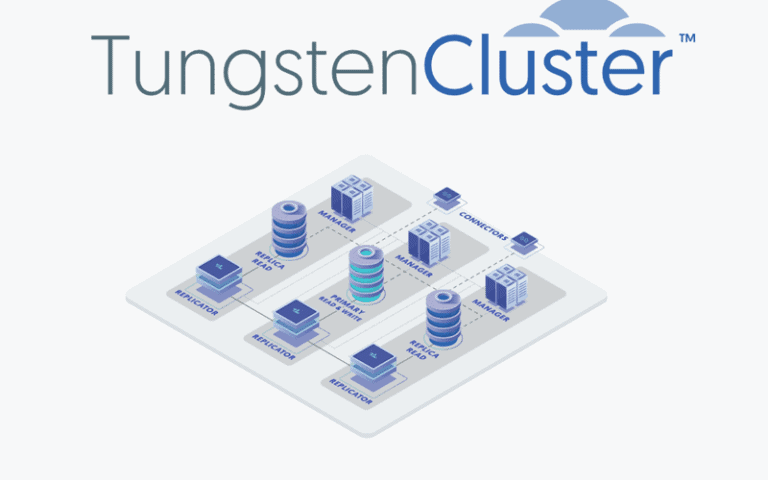The oft-unloved role of the database administrator might be one degree easier now after database services company Continuent has aimed to simplify the management of Tungsten Clusters with Kubernetes-native automation. Continuent’s own technology, the Continuent Tungsten Cluster is a database clustering approach for a familiar triumvirate of database layers i.e. MySQL, MariaDB and Percona Server. Tungsten is all about strength (the clue is in the name), the service provides high availability, disaster recovery, data replication and geo-distributed capabilities. It has been called a “cluster of clusters” for continuous operations.
Tungsten version 8 (Tungsten v8) Operator for Kubernetes is a Kubernetes-native service designed to simplify and automate the deployment and management of high-availability MySQL clusters.
Flustering over database clustering
“With the general availability of Tungsten v8 Operator for Kubernetes, we’re giving database administrators a more powerful, cloud-native way to manage Tungsten Cluster environments using familiar Kubernetes tools,” said Eero Teerikorpi, CEO of Continuent.
Teerikorpi has said that his firm has focused on automating the hardest parts of database clustering – failover, backup, provisioning – so that DBAs can focus on the more creative & innovative aspects of maintaining data infrastructures.
“Upgrading to Tungsten v8 means unlocking fully declarative cluster management, automated reconciliation and native Kubernetes integrations that dramatically reduce operational complexity and risk for running MySQL at scale.”
What is fully declarative cluster management?
While Declarative Cluster Management (DCM) is an architectural approach that enables DBAs to lay down and express “placement policies” declaratively using SQL-like queries. Fully Declarative Cluster Management (FDCM) on the other hand involves using a configuration file to specify the desired state of a cluster, rather than manually configuring each element. Once applied through FDCM, the software application and data system in question can then automatically manage the cluster in use so that it aligns with and matches the desired state specified by the DBA to enable automation and to ensure consistency and an ability to scale.
Key enhancements to v8 Operator include declarative deployment of Kubernetes. The v8 Operator introduces native Kubernetes Custom Resource Definitions (CRDs) for fully declarative cluster management, enabling database administrators to install and provision MySQL clusters by defining key properties, such as node count, topology and credentials within Kubernetes manifests; it also enables DBAs to standardise deployments using version-controlled, repeatable configurations across staging, production and hybrid environments.
Continuent safeguards more than $25 billion of its customers’ combined revenue, handling billions of transactions each year by SaaS applications, e-commerce platforms, financial services and telecom solutions. With roots in Finland and based in the San Francisco Bay Area,
Also here we find data protection. Built-in backup and restore functionality in v8 Operator is intended to ensure resilient and recoverable database operations inside Kubernetes. This allows teams to schedule and manage secure backups directly in the Kubernetes ecosystem; it also allows them to preserve data integrity throughout cluster lifecycle events, including backup and restore operations.
Short shrift on configuration drift
In terms of automated management, the v8 Operator promises to eliminate routine manual tasks with event-driven automation, allowing teams to detect and reconcile configuration drift or infrastructure changes automatically, support dynamic storage reconfiguration increases and also streamline lifecycle operations by automating configuration, scaling and maintenance processes.
For high availability, mechanisms in the v8 Operator support continuous uptime during failures or planned maintenance, enabling administrators to automatically fail over to replica nodes during unplanned outages; to perform planned switching operations seamlessly with minimal service disruption; and to isolate unstable or misbehaving nodes using integrated fencing controls to maintain cluster health.
While the DBAs role is now being improved through automation and a wider arc of infrastructure management controls, many of them emanating from the Kubernetes layer, we (arguably) still have a long way to go in terms of putting any form of sysadmin or operations role on a truly level playing field with the domain of the developer, DevOps initiatives or not. Perhaps this is one step in the right direction.
